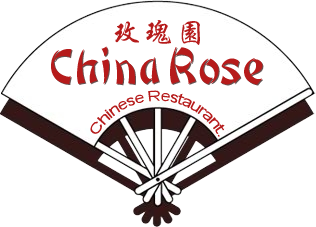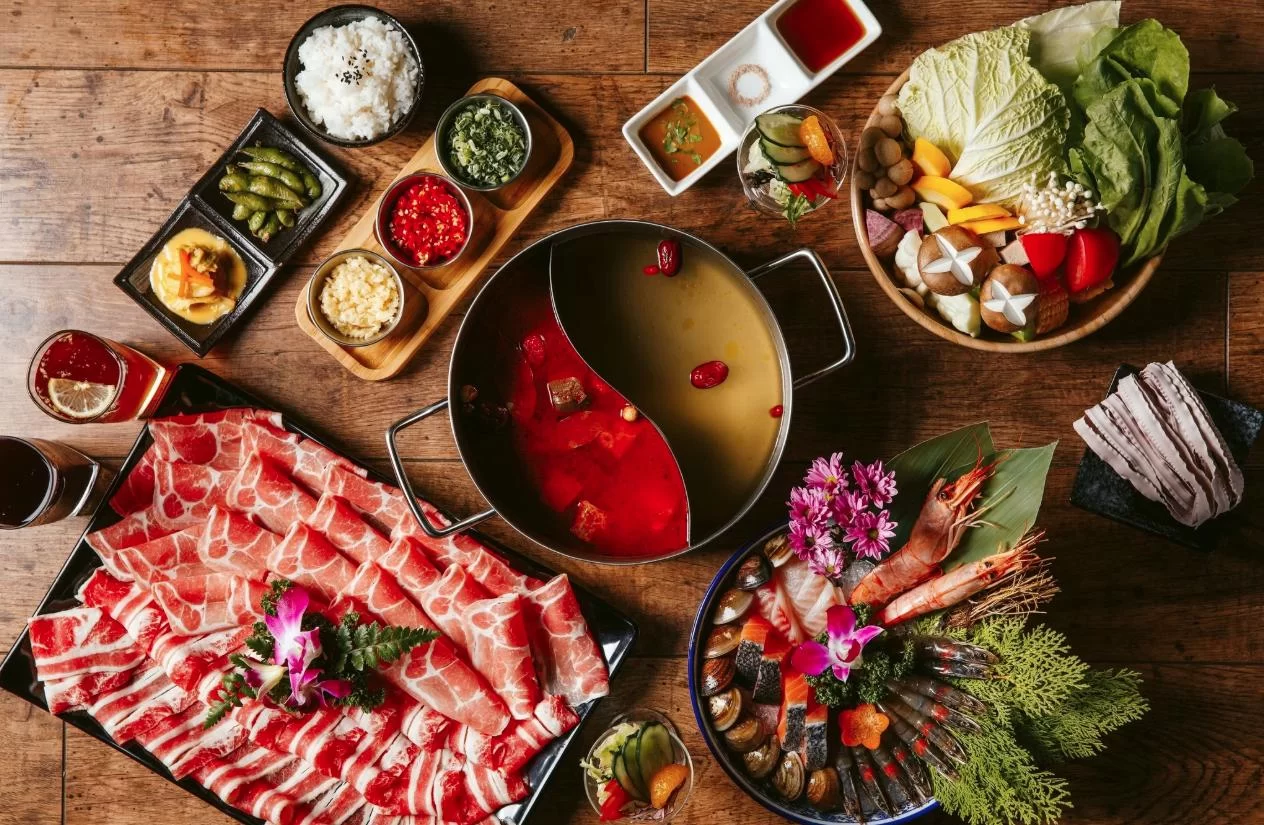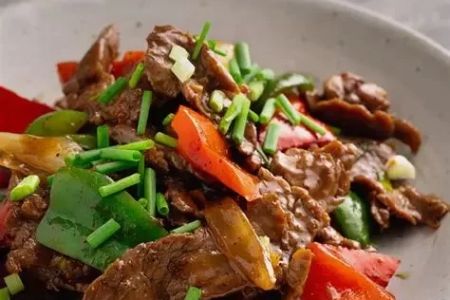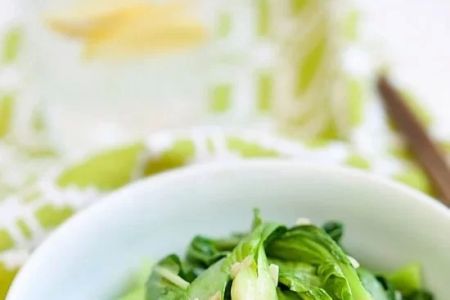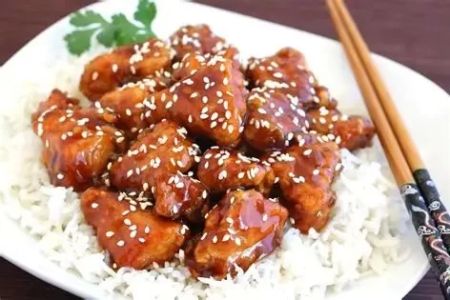- Understanding Chinese Vegetables and Their Cultural Role
- Bok Choy: A Versatile and Nutritious Favorite
- Gai Lan: The Bold Flavor of Chinese Broccoli
- Cooking Techniques for Perfect Chinese Vegetables
- Incorporating Chinese Vegetables into Everyday Meals
- Real Examples of Chinese Vegetables in Modern Dining
- Health Benefits of Adding Chinese Vegetables to Your Diet
Understanding Chinese Vegetables and Their Cultural Role
Chinese vegetables have been at the heart of traditional Asian cooking for centuries. These greens are more than just side dishes; they embody cultural values of balance, wellness, and harmony in meals. Families often gather around the dinner table with multiple vegetable-centered dishes, creating a variety of flavors and textures. In many communities, dishes featuring bok choy, gai lan, and other greens are symbols of health and longevity, making them staples in both everyday cooking and festive occasions.
Bok Choy: A Versatile and Nutritious Favorite
Bok choy, also known as Chinese cabbage, is one of the most popular vegetables found in Asian markets. Its mild, slightly sweet flavor pairs beautifully with garlic and ginger in stir-fries. It can also be simmered in soups or braised with soy-based sauces for a comforting dish. A family in San Francisco once shared how bok choy became the star of their Lunar New Year feast, highlighting its reputation as a symbol of prosperity. Its high vitamin A and C content makes it as nutritious as it is delicious.
Gai Lan: The Bold Flavor of Chinese Broccoli
Gai lan, commonly referred to as Chinese broccoli, offers a bolder, more robust taste compared to bok choy. Its slightly bitter undertones pair well with oyster sauce, a classic Cantonese preparation. Restaurants across the United States often serve gai lan with a glossy sauce topping, making it both simple and memorable. Its thick stalks and dark green leaves provide not only distinct flavor but also an abundance of fiber, calcium, and iron, supporting overall health.
Cooking Techniques for Perfect Chinese Vegetables
Cooking Chinese vegetables requires an understanding of balance. Quick stir-frying in high heat preserves both nutrients and vibrant colors. Steaming offers a lighter alternative, while blanching before stir-frying ensures tender stalks with a crisp bite. A home cook in New York described how investing in a wok transformed her meals, allowing vegetables like bok choy and gai lan to retain their natural freshness and flavor. Whether in professional kitchens or home settings, proper technique is key to unlocking the potential of these greens.
Incorporating Chinese Vegetables into Everyday Meals
Incorporating Chinese greens into daily meals is surprisingly easy. Bok choy can be added to chicken noodle soups for a nutritious twist, while gai lan pairs wonderfully with beef in stir-fry dishes. Many diet-conscious individuals replace heavier sides with steamed Chinese vegetables, making meals both satisfying and healthy. For anyone looking for authentic inspiration, Chinese Food provides access to products and recipes that bring the flavors of Asia directly to the kitchen.
Real Examples of Chinese Vegetables in Modern Dining
Modern dining trends in the United States have embraced Chinese vegetables not only in Asian restaurants but also in fusion cuisines. For example, a popular Los Angeles bistro introduced a bok choy Caesar salad that became an instant hit among students looking for affordable yet trendy meals. Another case is a Seattle-based chef who added gai lan to pasta dishes, creating a blend of Eastern flavors with Western staples. These examples show how versatile Chinese vegetables are in both traditional and modern cooking styles.
Health Benefits of Adding Chinese Vegetables to Your Diet
The health benefits of Chinese vegetables are extensive. Rich in antioxidants, fiber, and essential vitamins, they contribute to better digestion, improved immunity, and reduced risk of chronic diseases. Studies have shown that diets rich in dark leafy greens, such as gai lan, are associated with lower risks of heart disease. Incorporating these vegetables not only enhances meals but also promotes long-term well-being. For those seeking both flavor and nutrition, Chinese greens remain a powerful choice for daily cooking.
